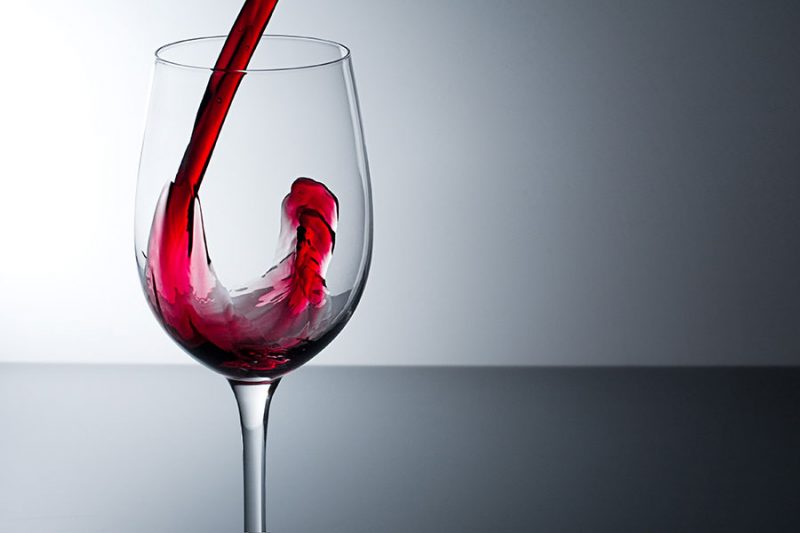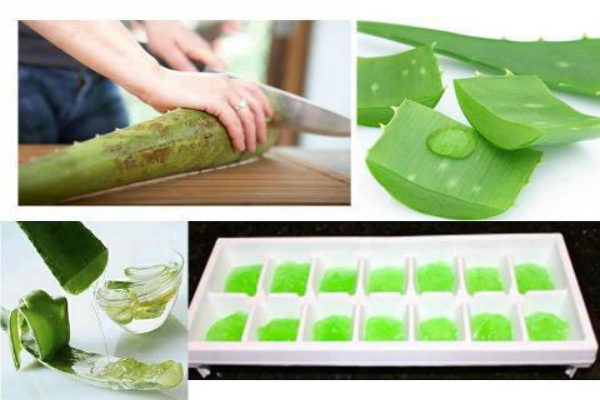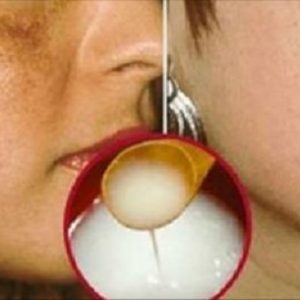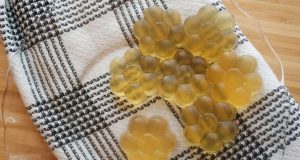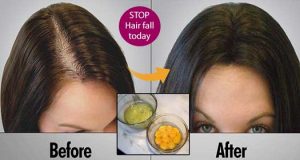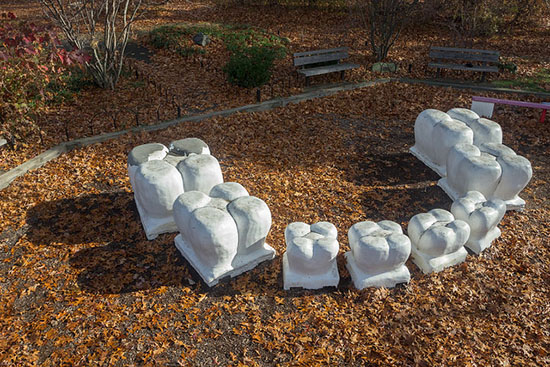Even though summer is here and talking about UV index is quite popular, many people don’t know what this is.

Out of all sun rays, the UV rays take only about 10%. The largest part of these 10% is absorbed in the ozone layer of the atmosphere, especially the dangerous UV-B and UV-C.
However, in the last few decades, the ozone layer has been damaged and the UV rays became very risky. To inform people for the UV index, the World Health Organization created a system so called UV Index, which has a goal to help us in identification of the strength of the UV rays through a scale from 1 do 11+. This scale is used for the broad public in everyday weather forecast and its goal is to help people to protect from over exposure on UV rays and the consequences (sunburn, eye damage, skin aging, and skin cancer).
The values of the UV index start from 1 and go to 11+. Zero means no UV radiation while 10 mostly occurs at noon, during the hot, summer sun. Value of 11 or higher mostly appears in the south hemisphere at the places where there are ozone holes. The number relates to the amount of UV radiation that reaches the Earth surface, measured in W/M2, but the relation is not simple because the UV rays are not homogenous. The bright tan is taken as a measure for the UV effect on skin because it is the most sensitive to UV rays and easily develops redness. The UV scale is linear, meaning that the time of UV radiation exposure and the UV index are proportionally correlated with the skin damage.
The UV index also changes during the day, the year, the location, the altitude and other geographical factors. UV index and UV radiation on a clear, sunny day are much higher in higher mountainous places (2000m). Hiking on such days is not highly recommended.
The UV index is the highest in summer period, in the drier, continental areas, and a bit less beside the seacoast because of the aerosols and air moisture.
In summer, the period between 12 and 2pm is the most dangerous, as is one hour before and after this period. In the morning from 9-10am and in the afternoon from 4-5pm the danger is moderate, while early in the morning (before 9am) and late afternoon (after 5pm) the danger is the lowest. Research has shown that the highest danger is in May, June, July and August. April and September also have high values and March and October – moderate values. During the winter months, the UV index is minimal and no special protection is needed, except for the skiers and people staying at high mountains. If there is clouds, the values are lower. However, since summer days have often clouds which are unpredictable, the UV index prognosis is always given on the basis that the day will be clear. The UV index is also affected by geographical location. If you are traveling towards the equator, the UV index is increasing, so make sure you have enough information before you travel.
1-2. These UV index values show low danger of UV radiation. Sunglasses are the only recommended protection. People with sensitive skin and babies need to pay attention even when the UV index is low. All people that stay on mountains or snow should also be careful, including the hikers, skiers, swimmers etc.
3-5. These values show moderate danger of UV radiation. Wearing a hat to cover a part of the face and the neck, sunglasses and protection creams is recommended. Those with sensitive skin, babies and little children should not be exposed to the sun for more than 20 minutes, especially if the value is 5. Overall, sun exposure at this time over an hour is not recommended.
6-7. Values of 6 and 7 show high risk. Wearing a big hat, sunglasses, protective creams, pants and long sleeves is recommended. People with light skin and small children can get burns for less than 20 minutes, so they are not advised to be exposed to the sun from 11am to 4pm. Even people with dark tan should not be exposed to the sun for more than 30-40 minutes.
8-10. This is an indicator of a very high danger of UV radiation. Wearing a hat, long sleeves, sunglasses and sunscreens with high SPF is recommended. The exposure to sun should be minimal from 11am to 4pm. People with sensitive skin and small children can get sunburns for less than 10 minutes. These rays can go through the umbrellas, water and even light clothes and cause damage to the skin. The maximum direct exposure to sun of people with darker tan should be less than 20-25 minutes.
11+. Extreme danger of UV radiation. Best protection is to stay in covered or closed room from 11am to 4 pm. If you have to be outdoors, wear a hat, sunglasses with UV protective layer, long sleeves, and creams with SPF over 30. Kids can get sunburns for less than 5 minutes. Darker sunglasses does not mean stronger block of sunrays.
According to the scale, people with bright tan should be very careful when exposed to sun with UV index over 5, while those with darker tan – over 6. The damage of the skin of UV radiation is cumulative throughout the life.

